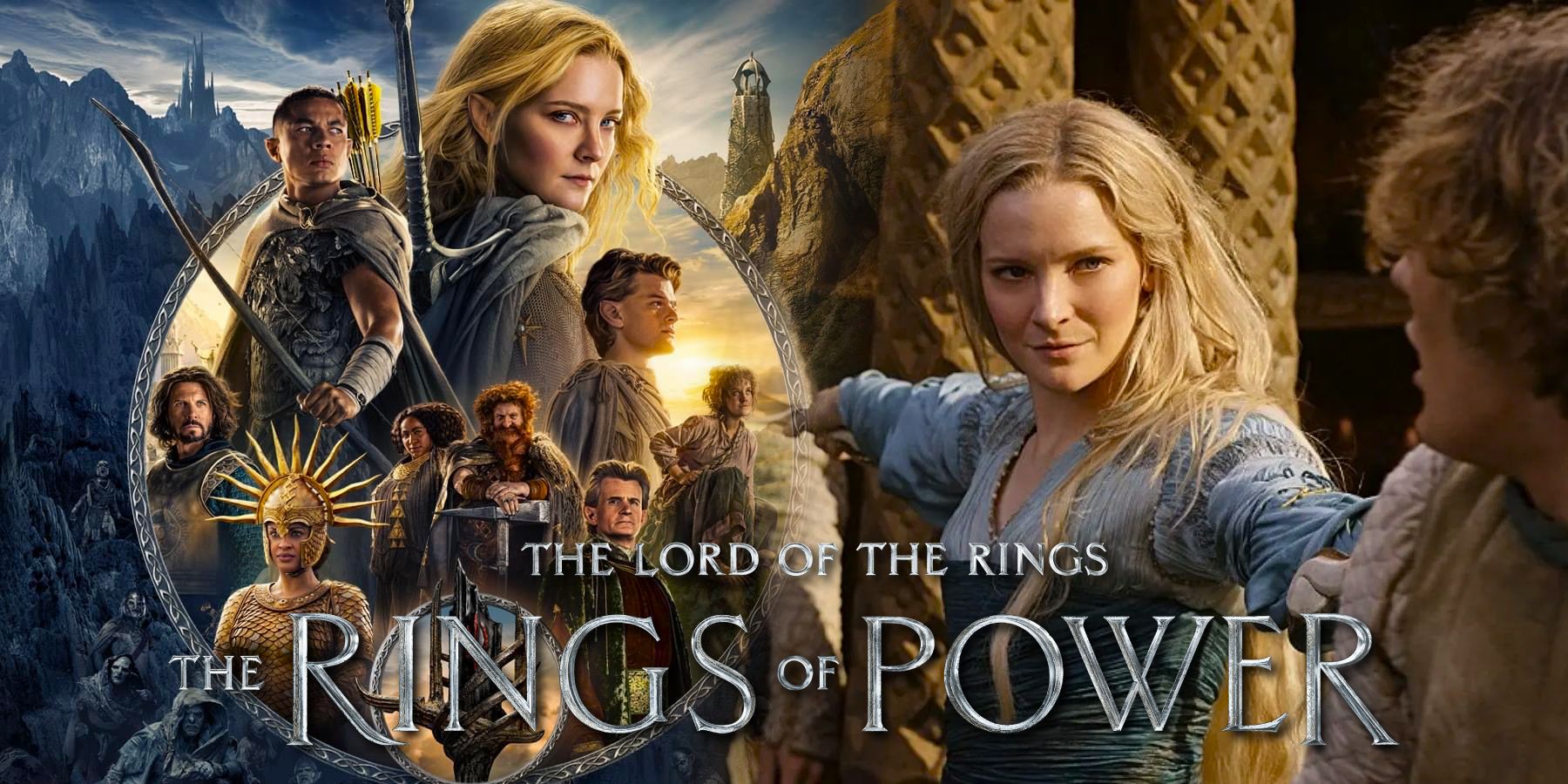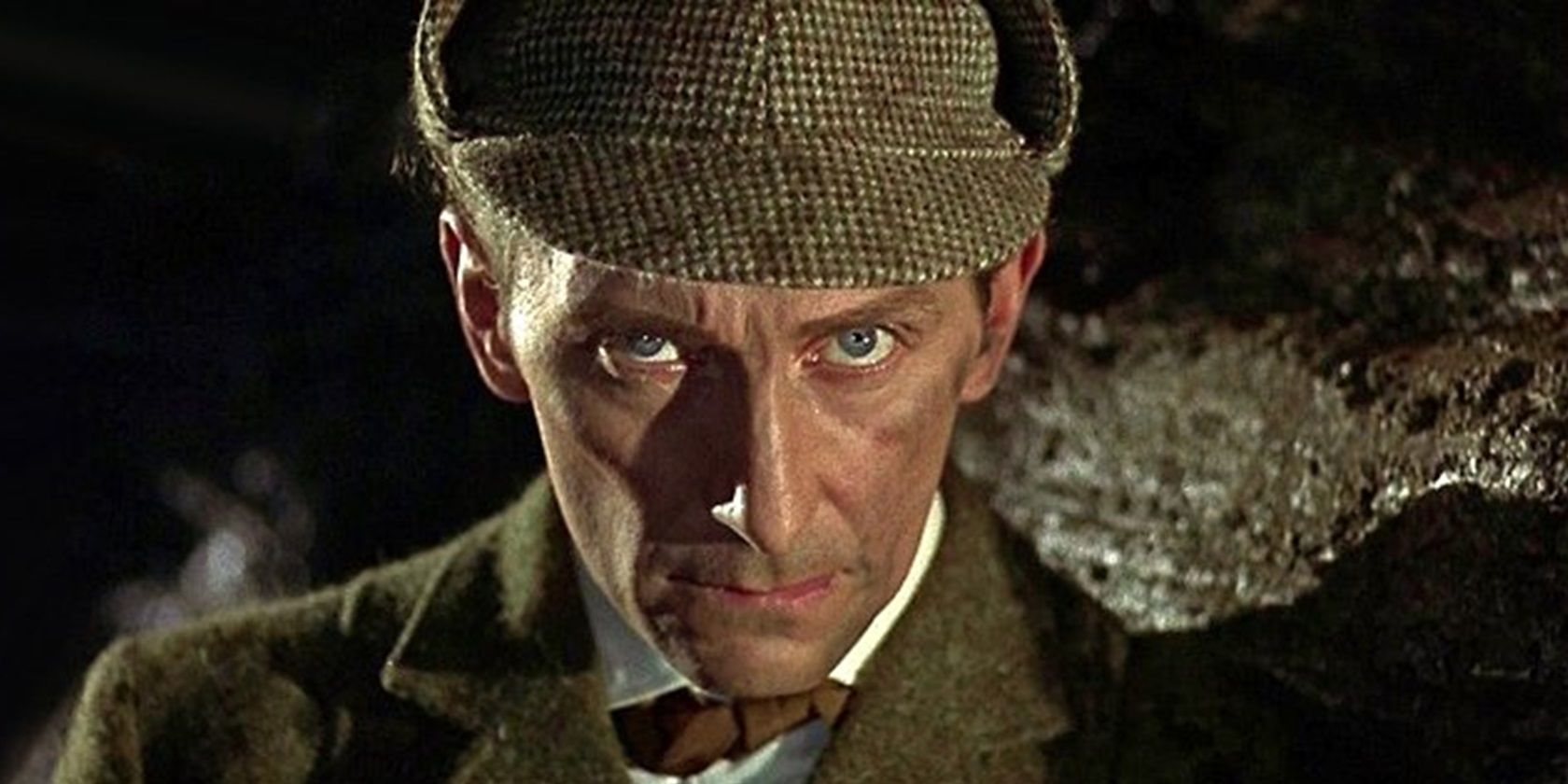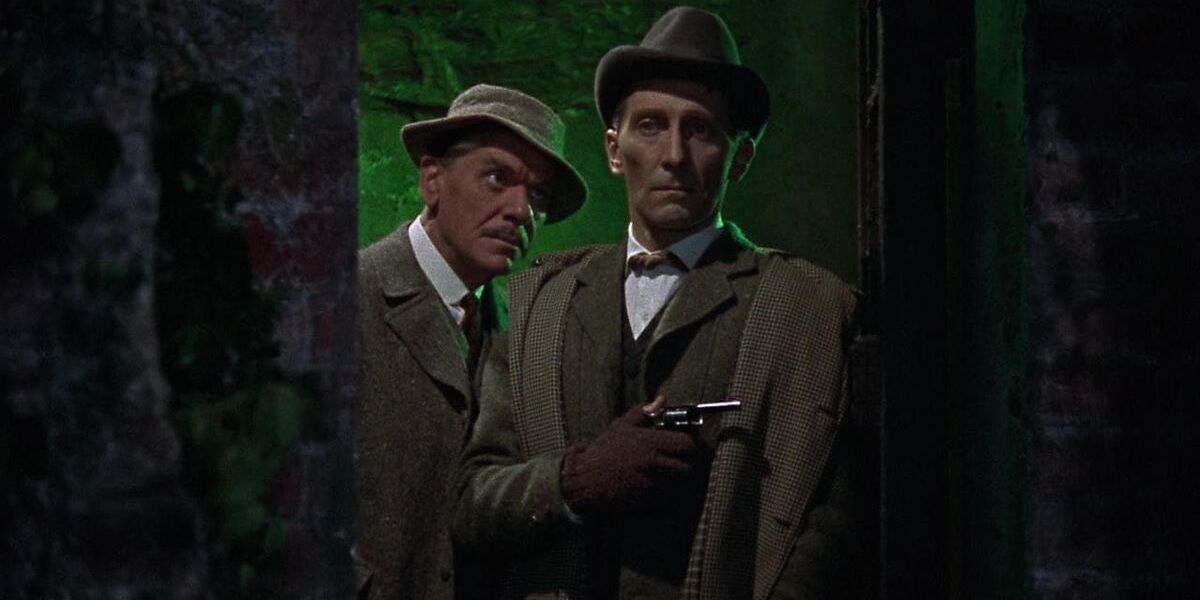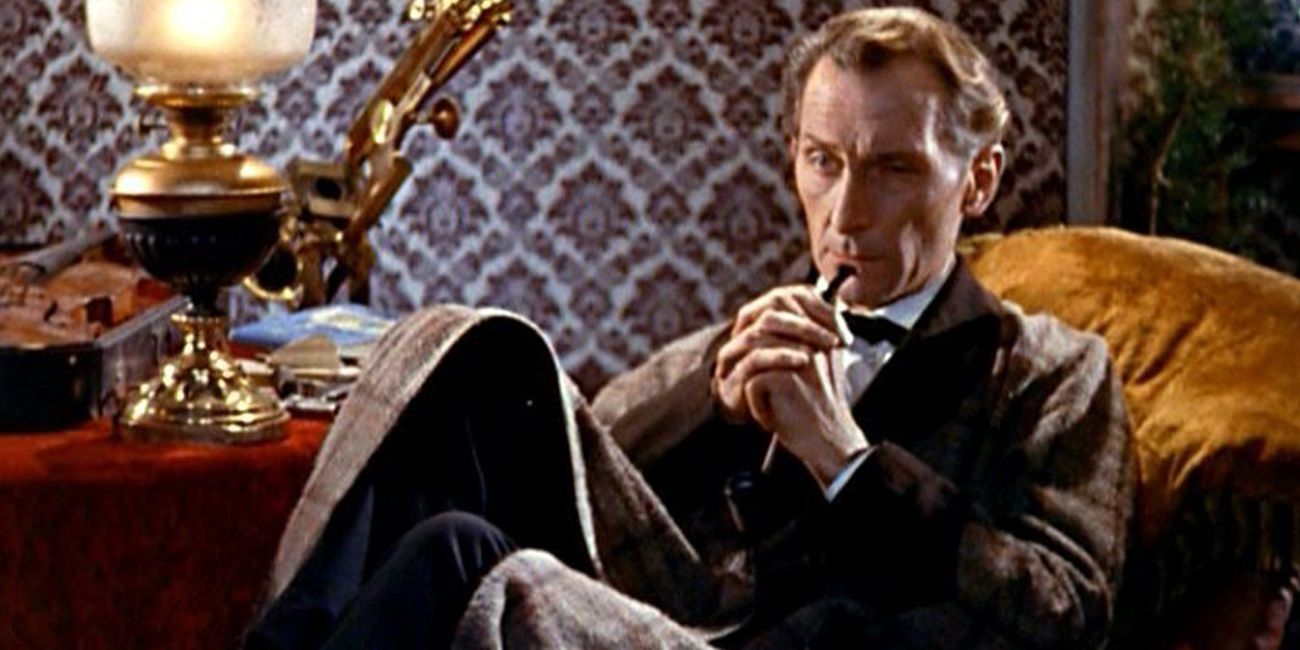Thanks to the cultural phenomenon of Star Wars, the great Peter Cushing has been immortalized as smarmy Imperial bureaucrat Grand Moff Tarkin. But, decades before George Lucas created a galaxy far, far away, Cushing was already a beloved screen icon from his work in Hammer Films’ horror movies. He played such lucrative genre roles as Van Helsing, Dr. Frankenstein, and the Sheriff of Nottingham in the decades before playing Darth Vader’s right-hand man. One of Cushing’s most underrated turns from this era is his pitch-perfect performance as Sherlock Holmes in Hammer’s 1959 adaptation of Sir Arthur Conan Doyle’s The Hound of the Baskervilles.
The Hammer adaptation’s nice, brisk 87-minute runtime doesn’t waste a second introducing Holmes. Like Spider-Man: Homecoming and The Batman, it forgoes any kind of origin story and instead just kicks off the action. Screenwriter Peter Bryan knows the audience is already familiar with Holmes, so he dives right into the mystery at hand. Instead of establishing the literary icon with unnecessary exposition, this movie characterizes Holmes with his personality alone. With quick wits, flowery language, and a smug sense of self-satisfaction, Cushing tells the audience exactly who Holmes is within a couple of minutes of screen time.
Cushing took painstaking measures to ensure that his Holmes was faithful to Conan Doyle’s source material. According to Alan Barnes’ book Sherlock Holmes on Screen, the actor was already a Holmes aficionado, and before filming Hound of the Baskervilles, he went back and re-read all of Conan Doyle’s stories to play the part as accurately as possible. The book notes that it was Cushing’s own suggestion for Holmes to pin correspondence to his mantelpiece with a jackknife as he did in the original stories. Cushing leans into Holmes’ eccentricities like all the best on-screen portrayals of the character, but he never dials it up to a cartoonish level; there’s always a level of believability to this absurdly competent detective.
The first adaptation of the novel to be filmed in color, Hammer’s Hound of the Baskervilles was directed by Hammer Films staple Terence Fisher, who also helmed Dracula, The Mummy, and The Curse of Frankenstein throughout the 1950s. Fisher was dismissed by contemporary critics as a commercial genre director, but he’s since been recognized as an auteur with a uniquely gothic visual style. This style was perfect for a big-screen adaptation of The Hound of the Baskervilles, essentially a Sherlock Holmes horror story. The movie is a perfect intersection between intriguing Holmes mystery and schlocky Hammer horror, underscored with moody music by James Bernard, one of Hammer’s go-to composers. Cinematographer Jack Asher, who established the visual language of Hammer’s gothic horror movies with his work on The Curse of Frankenstein, brought the ominous, unsettling landscapes of Dartmoor to life in The Hound of the Baskervilles.
Producer Anthony Hinds, the son of Hammer co-founder William Hinds, worked on many inexpensive thrillers for the company. When he first returned to Hammer in the 1940s, he produced low-cost, low-quality “quota quickies” to satisfy the needs of the Cinematograph Films Act of 1927, and ended up suggesting the acquisition of the film rights to the Professor Quatermass character, who went on to headline one of Hammer’s most popular franchises. With sumptuous gothic visuals and high-end production value, The Hound of the Baskervilles is far from a “quota quickie,” but it’s still pure Hammer. The movie is bolstered by old-school horror effects, like mist rolling over the moors and flashes of off-screen lightning punctuating the most dramatic moments. The practical hound made for the Hammer movie more than 60 years ago is a lot more terrifying and effective than the CG hound created for Sherlock’s Baskervilles episode a decade ago.
Sir Christopher Lee, another Hammer alum who became immortalized as a Star Wars villain, gives a typically brooding performance as the supposedly “cursed” Sir Henry Baskerville. André Morell gives a terrific turn opposite Cushing as Holmes’ trusty sidekick Dr. Watson. This Watson is not the bumbling, buffoonish comic foil that Nigel Bruce had played alongside Basil Rathbone’s Holmes. Morell’s performance is much more accurate to the stuffy intellectual seen in the source material than most other on-screen portrayals of Watson. But Cushing is the star of the show. Films and Filming magazine praised Cushing’s “impish, waspish, Wilde-ian Holmes,” while the New York Herald Tribune highlighted his “forceful and eager” portrayal of the deerstalker-wearing detective. Cushing deserves a place alongside Rathbone and Cumberbatch in the pantheon of great Sherlock Holmes actors.
Hammer’s Hound of the Baskervilles is a must-see for any Sherlock Holmes fan. Cushing gives one of the all-time greatest performances as the legendary detective and Fisher’s direction deftly captures the intriguing mystique of Conan Doyle’s source material. The screenplay might feature the oft-misquoted phrase “Elementary, my dear Watson,” but everything else in the movie is pure Holmes, fully faithful to his literary legacy.






